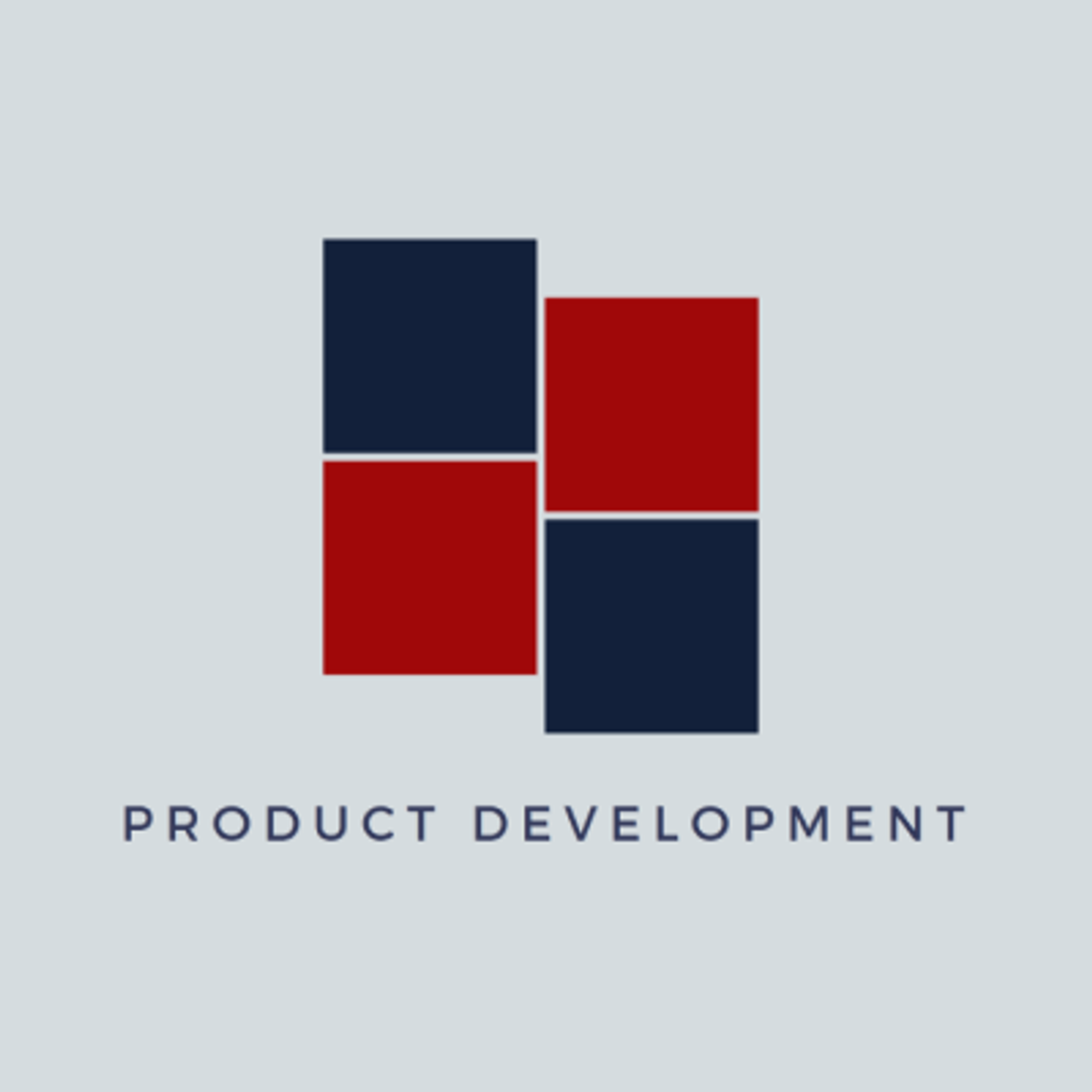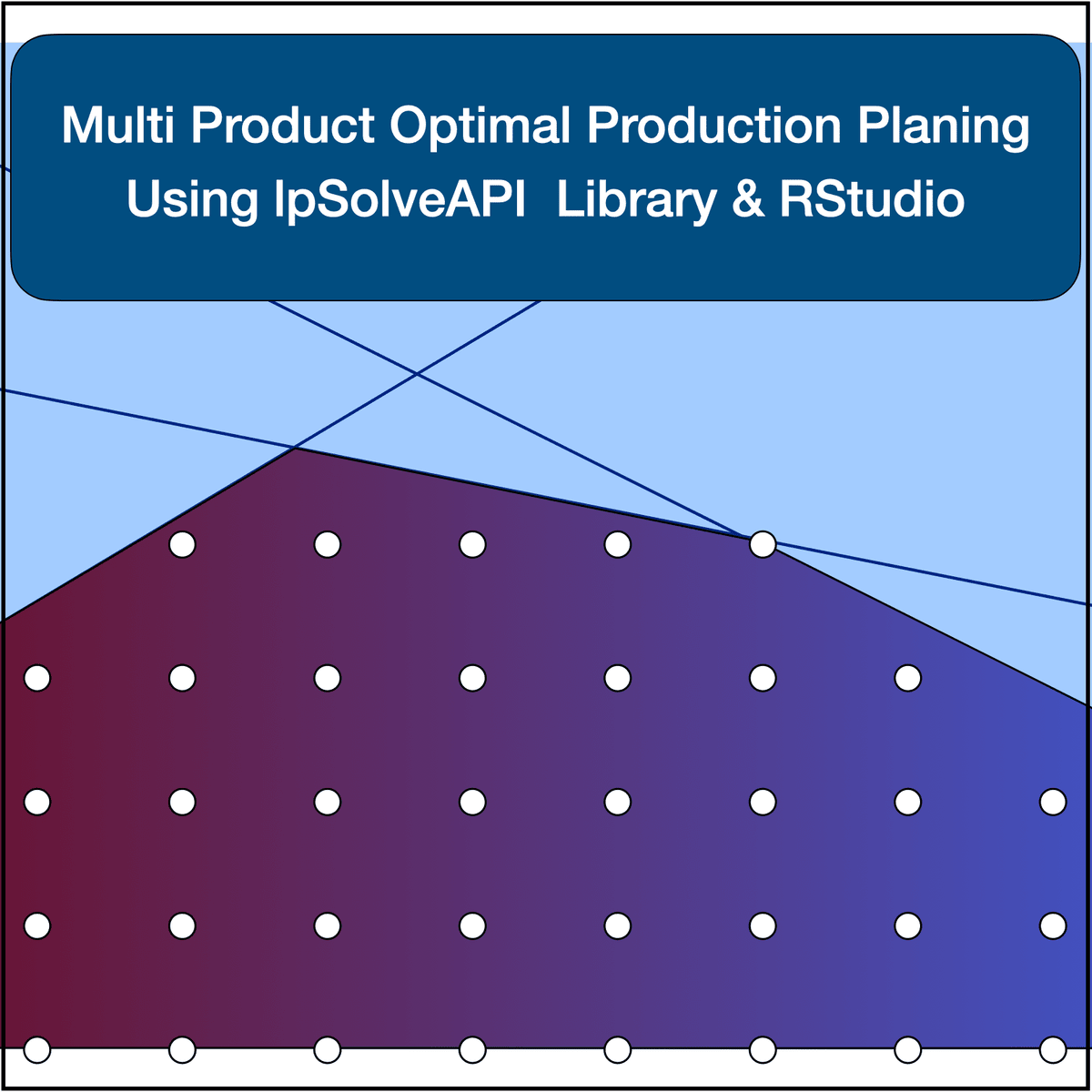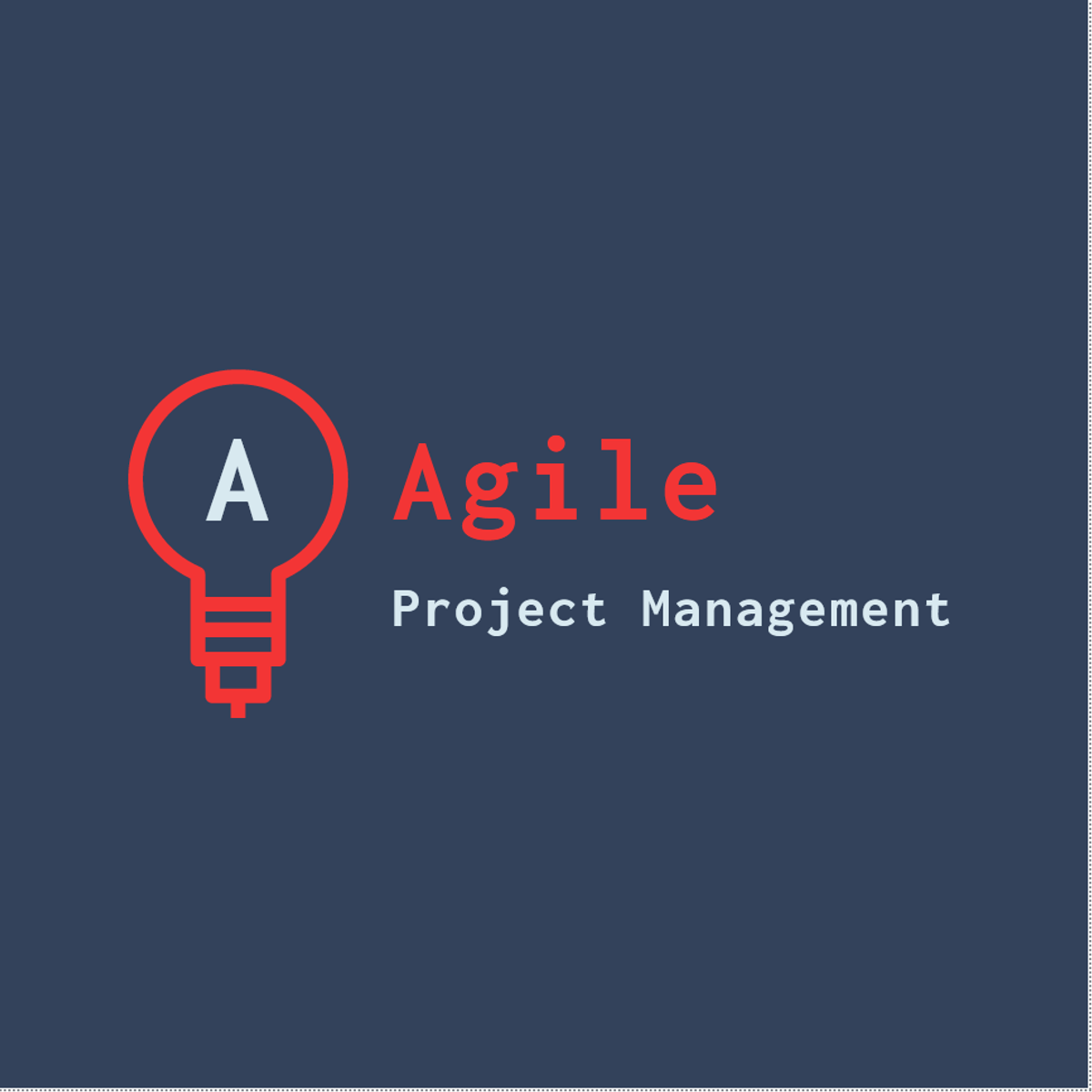Back to Courses









Business Strategy Courses - Page 3
Showing results 21-30 of 543

Additive Manufacturing
This course, Additive Manufacturing, is the third course in the Coursera Specialization, Digital Technologies and the Future of Manufacturing.
In this course, learners will be introduced to the concept of Additive Manufacturing, learn how it is applied in manufacturing, and what businesses should consider as they decide to implement this technology. Considerations include the economics of the technology, information technology infrastructure, manufacturing ecosystem partners, the business value of implementing Additive Manufacturing, and what needs to happen across the organization to ensure successful implementation.
Learners will hear from industry experts as they share their perspectives on the opportunities and challenges of implementing Additive Manufacturing, how Additive Manufacturing is being implemented in their companies, and insights on the future of this technology within their industry and across manufacturing.
The content presented in this course draws on a number of real-life interviews and case studies, and was created through a partnership with Siemens.
Global Strategy I: How The Global Economy Works
Starting in the late 1990s, “globalization” became a buzzword to describe the apparent integration of markets in the world economy. Many authors and pundits claimed that the world was converging towards a market-friendly democratic place, while gurus and consulting firms were rapidly producing formulae and advice on how to make profits out of the global economy. Decades later, new realities show that globalization does not necessarily mean political, cultural, and economic convergence and that, in fact, forces against it are strong.
This course seeks to help you understand the forces of globalization and how cross-cultural management and the relationship of a multinational organization to various host countries is becoming more and more critical in today’s global economy. This course begins with the discussion of these issues and global relationships and delves into a deeper understanding of business strategy in today’s global business marketplace.
You will be able to:
• Understand how we got to the present moment of globalization and why it matters
• Understand the complexities of the current globalization, recognizing not all countries are the same
• Evaluate the effects of international trade regulations on international business
• Evaluate when and why companies operate as multinationals
This course is part of Gies College of Business’ suite of online programs, including the iMBA and iMSM. Learn more about admission into these programs and explore how your Coursera work can be leveraged if accepted into a degree program at https://degrees.giesbusiness.illinois.edu/idegrees/.

Product and Service Development: Empathy Mapping with Miro
By the end of this project, you will be fluent in identifying and creating Empathy Maps based on persona for new products and services and in deriving opportunities from your analysis, thus generating positive results for your business venture. This project is designed to engage and harness your visionary and exploratory abilities. You will use proven models in strategy and product development with the Miro platform to explore and analyze customer data combined with the development of Empathy Maps. This is an important step for individuals or companies wanting to explore new products or services.
We will practice critically examining the developed persona. You will engage in evaluating, through examples and hands-on practice, making decisions on product orientation.

Beyond the Financials: Insights, Analysis and Valuations
The objective of this course is to provide you with the knowledge and skills necessary to analyze, interpret, understand and use financial information to make informed decisions. We will discuss financial reporting from a user’s perspective, use a variety of tools to break apart financial reports into meaningful units for analysis, forecast financial statements, and value a firm. This course is intended to give you exposure to the issues facing users of financial statements. You will better understand your role in the financial reporting process if you know how the financial statements will ultimately be used.
Beyond the Financials: Insights, Analysis and Valuations will require you to think critically about issues for which there can be more than one “correct” answer. Hence, your analysis and conclusions must be based on sound assumptions and well-constructed analysis and arguments.

Cybersecurity and Mobility
This course is for you if you are interested in transitioning toward a managerial role in cybersecurity and mobility. Through interviews with industry experts in this area, you will be able to analyze innovations powering the rapid spread of information technology and how they present new challenges for protecting data. For example, mobile devices increase convenience but often bypass traditional security measures. After this course, you will be able to describe how the nature of the threat evolves, as culprits employ a burgeoning set of sophisticated tools to take advantage of our growing reliance on networks for critical-data exchange.
If you want to pursue a career in the public sector, the stakes are high as well. The proliferation of hackers, inevitable human errors, bring-your-own-device (BYOD) initiatives, and the ever-broadening need to share information weigh heavily on government and education organizations, and consume substantial resources. The Pentagon, for example, has proposed to spend $23 billion on network security initiatives through 2018. This sounds like a large sum, until you consider the scope and importance of the U.S. government information resources this investment must protect.
After completing the course modules you will be able to explain how yesterday’s prevention strategies are no longer adequate for stopping advanced, targeted attacks. Effective cybersecurity must be multi-dimensional and tiered, as threats can originate from virtually anywhere, target numerous levels of an organization, and sometimes persist for months or years before an information security staff is aware of an attack or breach. Therefore securing networks requires a holistic approach that incorporates several elements.

Multi Product Optimal Production Planing Using R lpSolveAPI
For a given demand profile for 8 products over a 9 week period, we determine the optimal production plan for minimal inventory. "Mixed Integer Linear Programming" method is applied using R lpSolve library.

Create a Facebook Shop in Commerce Manager
In this 1-hour long project-based course, you will learn how to build a Facebook shop, customize it and list products on it. You can use your existing Facebook page or create a brand new page for the purpose of this project. I will guide you step by step throughout the entire process of setting up a Facebook shop. We will also explore and choose an appropriate checkout method. By the end of this project, you will be confident in selling your products through Facebook shops.
Note: This course works best for learners who are based in the North America region. We’re currently working on providing the same experience in other regions.

How to Use The IFE-EFE Matrix for Strategic Analysis
In this 1-hour long project-based course, you will be able to analyze your organization and identify your competitive advantage with the Internal Factor Evaluation-External Factor Evaluation (IFE-EFE) matrix. IFE-EFE matrix is strategic management tools used for input stage of strategy formulation. The IFE is focused on the internal dimension of the organization by looking at the strengths and weaknesses. While the EFE is concerned with the external factors by focusing on the opportunities and threats the organization is exposed to. The IFE-EFE matrix is created by assigning weight to each of the factors based on their perceived impact. Then the factors are ranked based on the company performance on each. The weighted score is determined by multiplying the weight by the ranks. Finally, the information on the overall scores of the IFE- EFE would reveal if the company meets the threshold to survive the competitiveness of the industry.
To demonstrate the application of the IFE-EFE matrix, we will use a spreadsheet to analyze a division of our energy services company together. The example of the case study would empower you to use the model to analyze your company or any other company of your choice. The project is for business leaders and entrepreneurs who want have a deep insight on how their internal and external factors determines their competitiveness. Also, for strategist who are interested in helping organization in making informed strategic decisions. At the end of the project, you will be able to use the IFE-EFE matrix to create a competitive advantage

Agile Projects: Develop Product Wireframe Prototypes in Miro
By the end of this guided project, you will be fluent in creating wireframe porotypes for Agile projects based on previous project phases. This will enable you to map the product features and add value to how the customer/user will experience the product or service. You will learn how to encapsulate the needs and wants of the customer persona in the product.
This is essential for generating positive results for your business venture. Furthermore, this guided project is designed to engage and harness your visionary and exploratory abilities. You will use proven models in Agile Project Management with Miro to shape the development roadmap of products and services.
We will practice critically how Epics, User Stories, Personas, and Customer journey phases become valuable input for creating functionality for products and services.
Please see the guide for creating a free account with Miro in the Resources section.

Sales Training: Inbound Business Strategy
Welcome to the Inbound Certification course!
This course will introduce you to inbound and provide you with a big picture view of everything you need for a successful inbound strategy.
So, why inbound?
Inbound is a fundamental shift in the way you do business. Instead of an interruption-based message where the marketer or salesperson had all the control, inbound is about empowering potential customers. Consumer’s buying behaviors have changed and will continue to change. That's the driving force behind inbound. What your customers want today is different than what they wanted 10 years ago. That means you need to change the way you market, sell, and service to match the way people actually want to shop and buy.
So, wondering what to expect in this course?
After an initial lesson on an introduction to the inbound fundamentals, the course consists of a set of lessons that follows the inbound methodology. The inbound methodology illustrates the four stages that make an inbound business. It reflects the entire inbound marketing, sales, services, and relationship process. The stages are Attract, Convert, Close, and Delight.
Each lesson includes different tactics that you can apply to help you and your business grow better. You’ll also hear from HubSpot executives and leadership including: HubSpot’s Co-founders Brian Halligan & Dharmesh Shah. Chief People Officer, Katie Burke. VP of HubSpot Academy, Mark Kilens. VP of Marketing, Meghan Anderson. SVP of Product, Christopher O’Donnell. VP of Sales, Michelle Benfer. And VP of Customer Success, Alison Elworthy
Popular Internships and Jobs by Categories
Find Jobs & Internships
Browse
© 2024 BoostGrad | All rights reserved